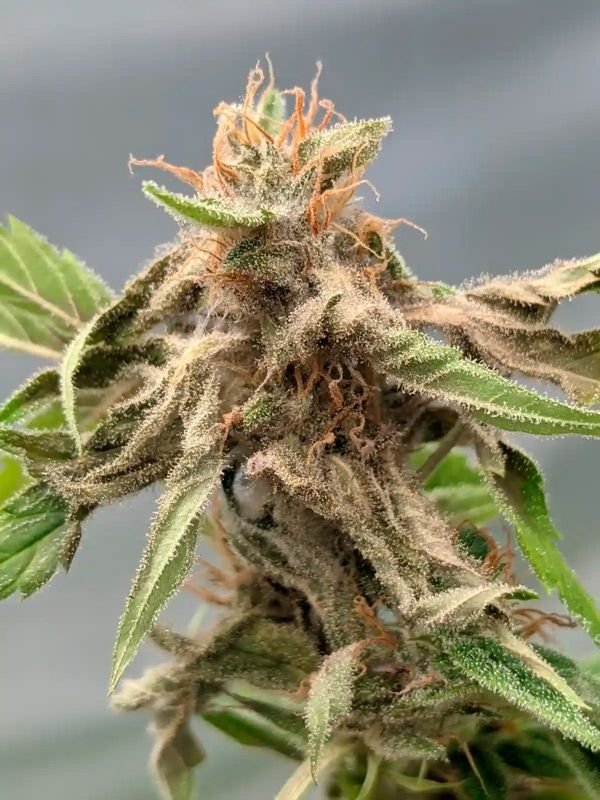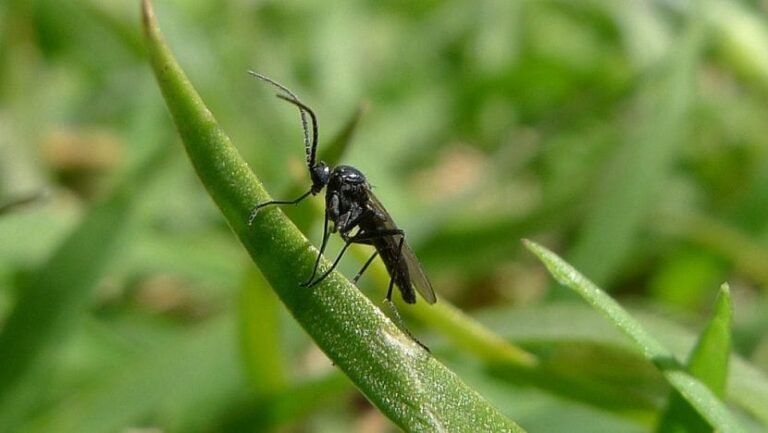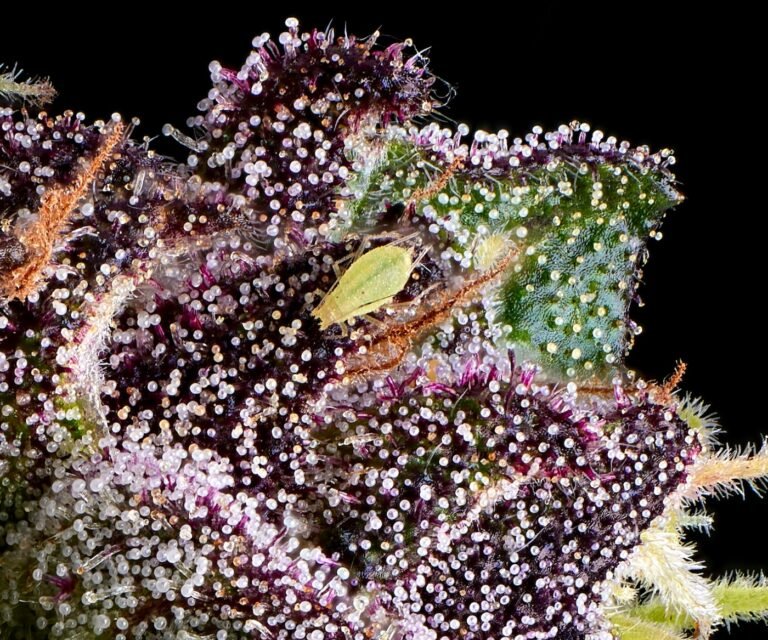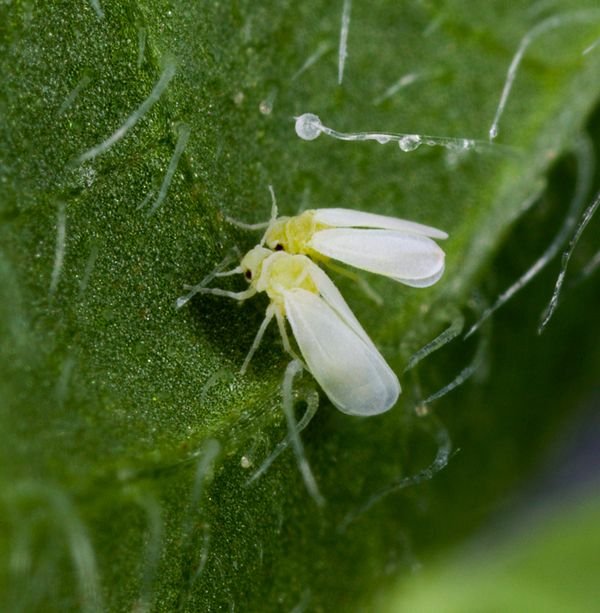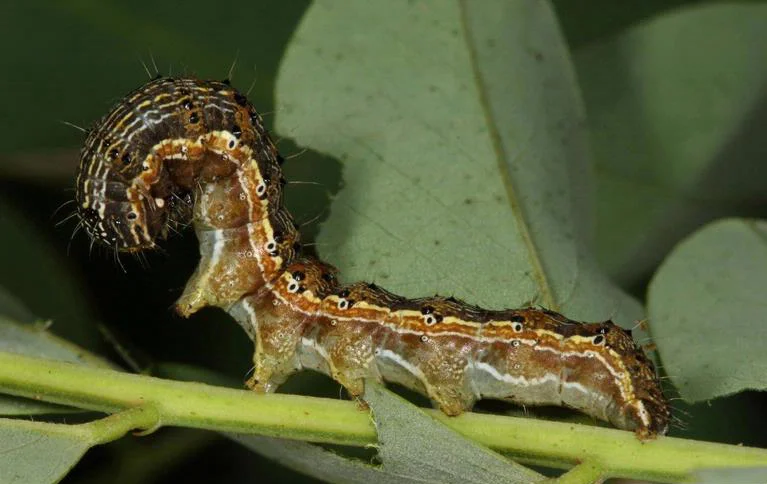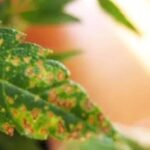What is Botrytis?
Bortrytis is a pathogenic fungus and the most common fungus in cannabis crops, whether indoors, outdoors, or in greenhouses. It is most prevalent at the end of flowering or during drying.
The most important factor in the development of Botrytis is humidity, as it is essential for its development. The higher the humidity level in the environment, the more likely the plants are to contract a fungal infection.
The ideal temperature for Botrytis to develop is 17° to 25°C, but it can also occur at higher temperatures.
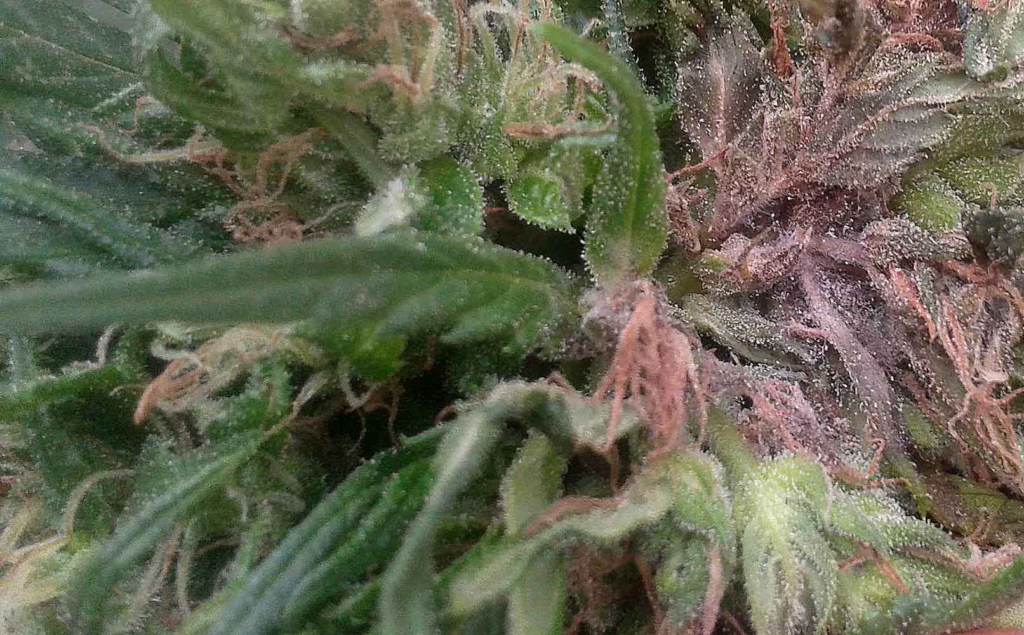
What are the symptoms of Gray Mold?
All parts of the plant can be affected: roots, leaves, stems, flowers and fruits. The first visible sign will be a change of the color and texture of the plant.
In the leaves, this results in necrosis, turning into rapid drying. If the fungus attacks the stem, it will turn brown and brittle. But the fungus is most commonly found in the bud. This will turn a pale gray color, its texture will change rapidly, drying and granulating, leaving the inside of the bud feeling like it’s filled with a layer of cotton.

What to do in case of Bortrytis infection in your crop?
Cut off all parts infected by the fungus, leaving a few extra centimeters to prevent the healthy part from becoming infected.
Ventilate the cannabis crop as much as possible to limit humidity and harvest as quickly as possible, being careful not to let the fungus reappear. Parts infected with the fungus should not be used, as this could easily lead to a lung infection.
Then clean the grow room including the pots.
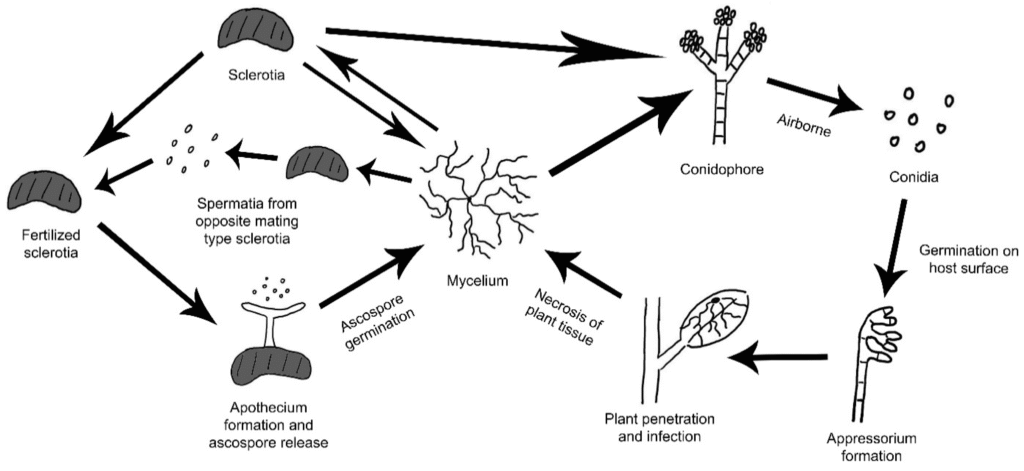
Leave enough space between plants so air can circulate easily and moisture doesn’t stagnate. Prune low branches and shoots.
Poor hygiene will lead to fungal infections in plants. It’s very important to clean your crop frequently.
If the plant has wounds, the fungus will attack it more easily. Keeping plants in perfect health will help reduce the risk of Botrytis.
At the end of flowering, you must consider watering. But keep in mind that overwatering is very dangerous and could affect the buds, causing them to rot. It’s best to water in the morning; watering in the afternoon would increase humidity too much at night.
Nitrogen excess at the end of flowering can also promote the growth of fung.
Since Botrytis tends to attack larger buds, a good way to limit and reduce damage is to make a top prune to mantain a larger number of tbuds that are smaller and that retain less moisture.



